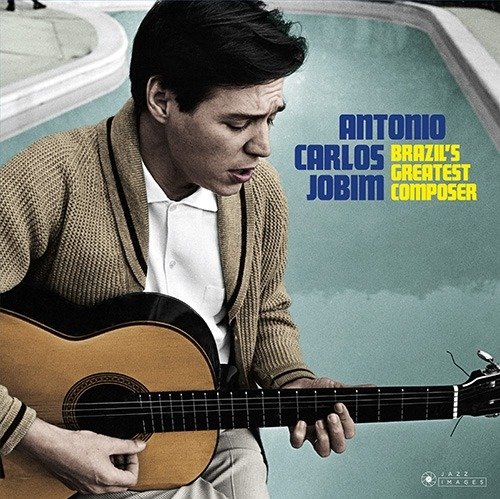[Monday notes n.1]Antonio Carlo Jobim often relied on Vinicius de Moraes to compose the lyrics to his songs, but not in this case. The lyrics of Aguas de Março are in fact written by Jobim himself, who personally composed both the English and the original Portuguese versions. The song is here performed by Elis Regina in a duet with Jobim himself.
In Rio De Janeiro, March does not mark the beginning of spring but of autumn. It is a month of intense rains and the lyrics tell of all the things that rain brings with it in its stormy flow, a bit like that of life.
The endless flow of water is reflected in the circular harmony of Águas de Março, which continually returns to the starting point and repeats almost the same chords. These are the main chords of the song:
| Bbmaj7 | B♭7/A♭ | C7/G | Cm7♭5/G♭ |
| B♭/F | G♭/E | E♭maj7 | Ab7 |
The harmony goes down in a very similar way, but does not repeat exactly the same chords. For example, let’s look at a variation on the previous verse, the different chords are written in red.
| Bbmaj7 | Fm7 Bb7 | C7/G | Cm7♭5/G♭ |
| B♭/F | E7 | E♭maj7 | Ab7 |
Apart from the small differences in chords, Aguas de Março also has an elusive harmony because the blocks of four measures often repeat unpredictably. The sections are not symmetrical, sometimes a four-measure section repeats two or three times before making way for the next chords.
The melody also repeats itself in an almost obsessive way, similar but unpredictable, just like the flow of water when it rains hard.
Near the end of the piece we find a new harmonic variation, which in this case begins with a tonic pedal (in red).
| Bbm7 | C/Bb | Bmaj7/Bb | Bb |
| Bb7/F | C7/G | Ebm6 |Bb7/F |
Águas de Março dates back to 1970, but the most beautiful version is the 1974 duet between Jobim and Elis Regina, explosive for the joy of the two performers and the irresistible charm of Elis.
Very interesting is the modulation in the instrumental part in the middle of the piece. The song switches between the keys of E, Db and then returns to Bb, thus modulating by descending minor thirds. This passage does not appear in the first version of 1970, evidently Jobim added it especially for this recording, adding a new variation to a piece that was already very rich.
Águas de Março is one of Antonio Carlos Jobim’s most fascinating songs. The harmony is very sophisticated, the melody simple and catchy, the lyrics suggestive and open to many interpretations. Because of its elegance and wit, Águas de Março can be considered a symbolic piece of the entire bossa nova genre.
Until next Monday!
Download the sheet music of Aguas de Março
- In this score there is no sung melody but the chords and the piano part in Águas de Março.


